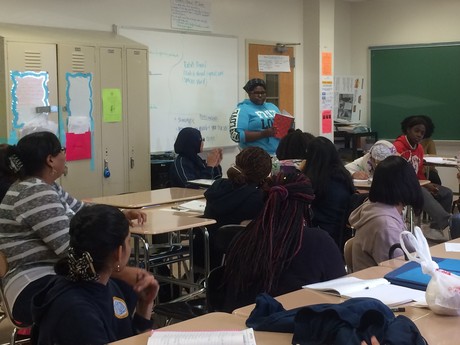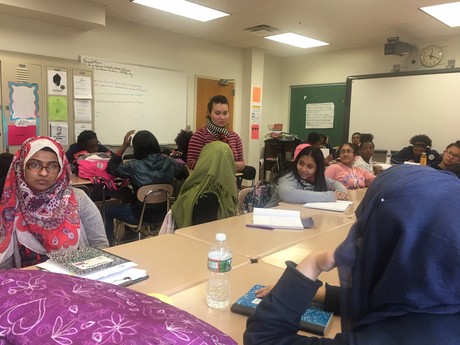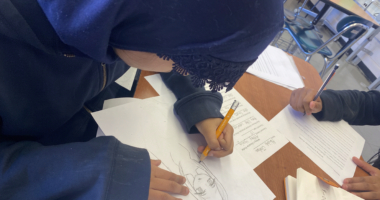As Teaching Artists, there may come a time in which we will have to provide emotional support to our students as a result of a tragedy. A tragedy can present itself in various forms: the loss of a member of their community, unexpected election results, violence, hate crimes, acts of prejudice, etc. Moments like these impact and change a community greatly. The community collectively experiences shock, sadness, devastation, and anger. Many may no longer feel safe and coping becomes very difficult to do. People deal with things and process them on a wide spectrum of difference. Through the Teaching Artist Project (TAP), I have learned how to safely navigated topics in an effective way through multiple activities.

So how can we, as Teaching Artists, understand what each person needs during a tragic time, and how can we support the individual and the community? First, acknowledging the fact that it is a difficult time because of what has occurred, within the collective, gives students validation. They appreciate the recognition of what they are going through. Letting them know that it is okay to feel the unique feelings that have arisen within them is the next step. Not everyone is going to feel the same way and that is normal. Everyone’s feelings matter and are just as important as the next person’s. Allowing the students to decide whether to address what has happened, during our time with them, should also be an option. They may decide to focus on the lesson plan to distract themselves and cope through productivity, or have a creative outlet through which they can express themselves. They may also want to just have a time in which they can speak freely about the occurrence. We can tell them that we support their decision and facilitate.

We are also human, and letting them know what our feelings are can also help them know that they are not alone. This is of course done carefully so as not to overstep boundaries, or try to instill any opinions. We can simply say, “I feel sadness,” or, “I feel confusion.” Creating space that is safe and free of any kind of judgment is an important part of our role. Letting students know that they must treat how others are feeling with respect, as they would want to be treated, is essential.

It may also be beneficial for a visiting Teaching Artist to touch base with the classroom teacher to see if he or she would want the TA to address the tragedy or not. They may really appreciate it and feel that it would be supportive and beneficial, or they may feel that it is not appropriate, or best left alone. During confusing times, when emotions are running high, it is always a good idea to make sure you are not overstepping boundaries, even though we have the best intentions. Sometimes easing into things with a simple exercise can help gauge to see what the dynamics in the classroom are, like what we did during one of our Saturday TAP training sessions, as a result of the election outcome. We can designate different areas of the classroom to represent various emotions and have students stand accordingly and allow it to fall on a spectrum, with a neutral space in between. We can also just allow the students some time to write about their thoughts and feelings and allot some time for people to share what they have written. Making participation optional for moments like these may also be a good idea, especially since we do not want to make anyone feel forced to deal with something they are not yet ready to explore.

-Tina Gonzalez, Writer, 2017 TAP Graduate



